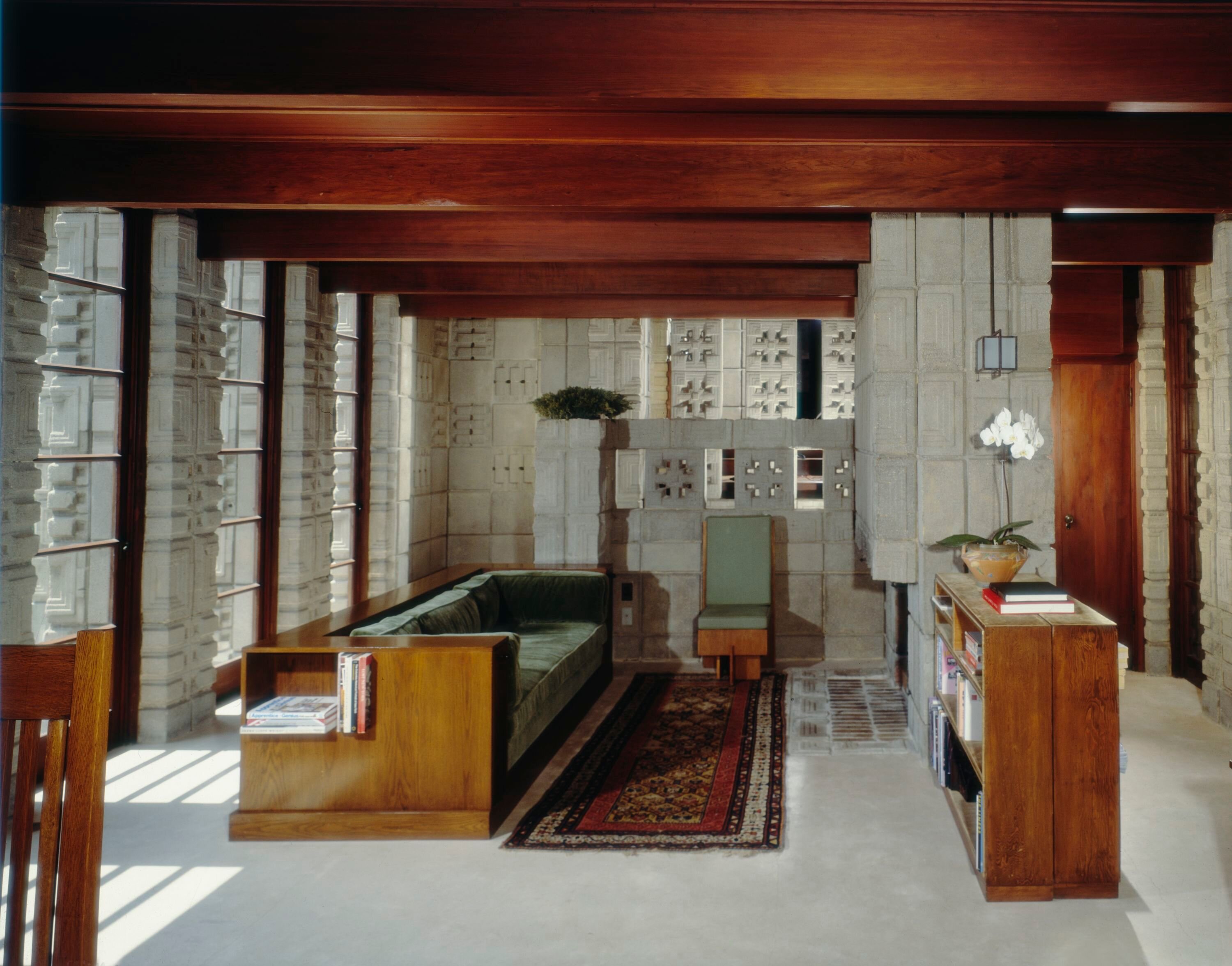1
1
Frank Lloyd Wright follow artist
follow artist
Hanging Lamp from the John Storer House, Hollywood
Hanging Lamp from the John Storer House, Hollywood
USA, 1923
copper-plated cast iron with applied patina, frosted glass 36 h × 6 w × 9 d in (91 × 15 × 23 cm)
copper-plated cast iron with applied patina, frosted glass 36 h × 6 w × 9 d in (91 × 15 × 23 cm)
estimate: $30,000–50,000
result: $45,000
follow artist
This is one of three original hanging lamps from the Storer house and is the first to appear on the market.
provenance: John Storer, Hollywood | Joel Silver, Los Angeles | Private Collection, San Francisco
literature: Frank Lloyd Wright Monograph 1914-1923, Pfeiffer and Futugawa, pg. 222



























